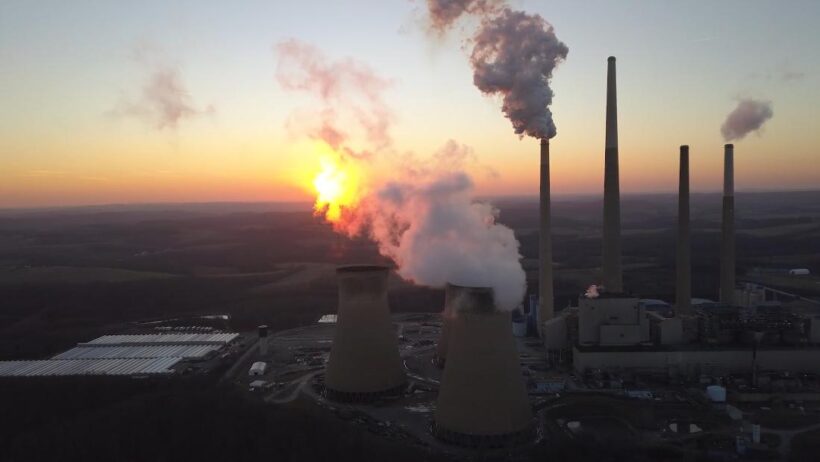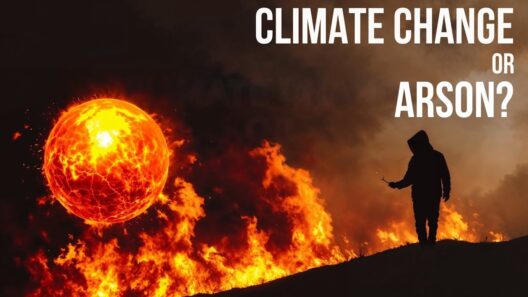The onset of the COVID-19 pandemic in early 2020 led to unprecedented changes across the globe. As nations implemented strict lockdown measures, travel restrictions were enforced, industries ground to a halt, and daily life was dramatically altered. An unintended consequence of these measures was a notable reduction in greenhouse gas emissions. This phenomenon has prompted a critical question: Did COVID-19 really slow down global warming?
To explore this question thoroughly, it is imperative to understand the relationship between human activity and climate change. Greenhouse gases, such as carbon dioxide (CO2), methane (CH4), and nitrous oxide (N2O), are primarily produced by industrial processes, transportation, agriculture, and energy production. The reduction of these activities due to the pandemic provided an unusual, albeit temporary, opportunity to observe the effects on global warming.
During 2020, researchers reported a decrease in CO2 emissions. According to studies, global emissions dropped by approximately 7% from 2019 levels, a significant decline not seen since the Great Recession of 2008. This reduction was attributed primarily to a dramatic decrease in transportation emissions, particularly from aviation and road travel. The sudden halt of daily commuting and leisure travel highlighted the substantial role that human mobility plays in contributing to climate change.
However, the short-term nature of this reduction raises important considerations. While the annual drop in emissions was noteworthy, a closer examination reveals that this was not a sustainable change. The temporary nature of these reductions emphasizes a critical perspective: the emissions rebounded quickly as economies reopened. By 2021, many countries experienced a resurgence in carbon emissions, often exceeding pre-pandemic levels. This observation suggests that incidental reductions during lockdowns were not indicative of a fundamental shift in human behavior regarding fossil fuel consumption and carbon footprint reduction.
Nevertheless, there are valuable lessons to be taken from this period of constrained activity. One intriguing implication of the pandemic’s impact on emissions is the potential for future societal transformation. It exposed how swiftly human behavior can adjust to extraordinary circumstances. Lockdowns forced individuals and corporations alike to rethink travel, work, and consumption patterns. For many, remote work became a viable and effective solution, reducing the need for daily commuting, which, in turn, has led to discussions about the long-term viability of such arrangements in reducing emissions.
Moreover, the pandemic sparked a worldwide conversation regarding the connection between environmental health and public health. The air quality in many urban areas improved due to reduced industrial activity and vehicular congestion. The temporary clearing of skies served as a potent reminder of the detrimental effects pollution has on human health; this inspired a growing public awareness regarding the climate crisis and its interrelation with societal issues. For instance, cities are now considering permanent changes to infrastructure that prioritize sustainable modes of transportation, such as cycling and walking, while reducing dependence on fossil fuels.
Despite these potential avenues for progress, it is vital to maintain a realistic perspective. The pandemic-induced decline in emissions, while noteworthy, was not enough to effect profound changes in climate trajectories. The science is unequivocal: substantial and sustained changes are necessary to combat climate change effectively. As per climate models, to limit global warming to 1.5 degrees Celsius above pre-industrial levels, emissions need to be reduced by more than 40% by 2030 and reach net-zero by 2050. Short-lived improvements, such as those witnessed during 2020, do not provide the momentum necessary to achieve these ambitious targets.
Looking forward, the concept of “building back better” emerges as a pivotal opportunity for combating climate change. The post-pandemic recovery phase provides a unique platform to implement green policies and transition towards renewable energy sources. Governments worldwide must seize this moment to invest in sustainable infrastructures, such as public transportation, green jobs, and energy-efficient buildings. By integrating environmental considerations into recovery protocols, nations can indeed reshape their economic frameworks to prioritize sustainability.
It is also crucial to foster collaboration among global stakeholders. Climate change is inherently a global challenge that requires a collective response. The pandemic highlighted interdependence; countries collaborated on vaccine development and distribution. This spirit of cooperation must extend to climate action. By sharing technology, resources, and best practices, countries can enhance their efforts to reduce emissions and enhance resilience to climate impacts.
In conclusion, while COVID-19 did lead to a temporary slowdown in greenhouse gas emissions, the broader implications of this moment extend beyond mere numbers. It has catalyzed discussions about our societal framework and exposed vulnerabilities in our unsustainable habits. To forge a sustainable future, the world must glean insights from the pandemic experience. Rather than viewing the temporary dip in emissions as a solution, it should be treated as a catalyst for enduring change. The challenge ahead is formidable, yet it is not insurmountable. With ambition, innovation, and collective resolve, humanity can rise to this occasion and influence a paradigm shift that embraces sustainability, equity, and resilience in the face of an ever-evolving climate crisis.







